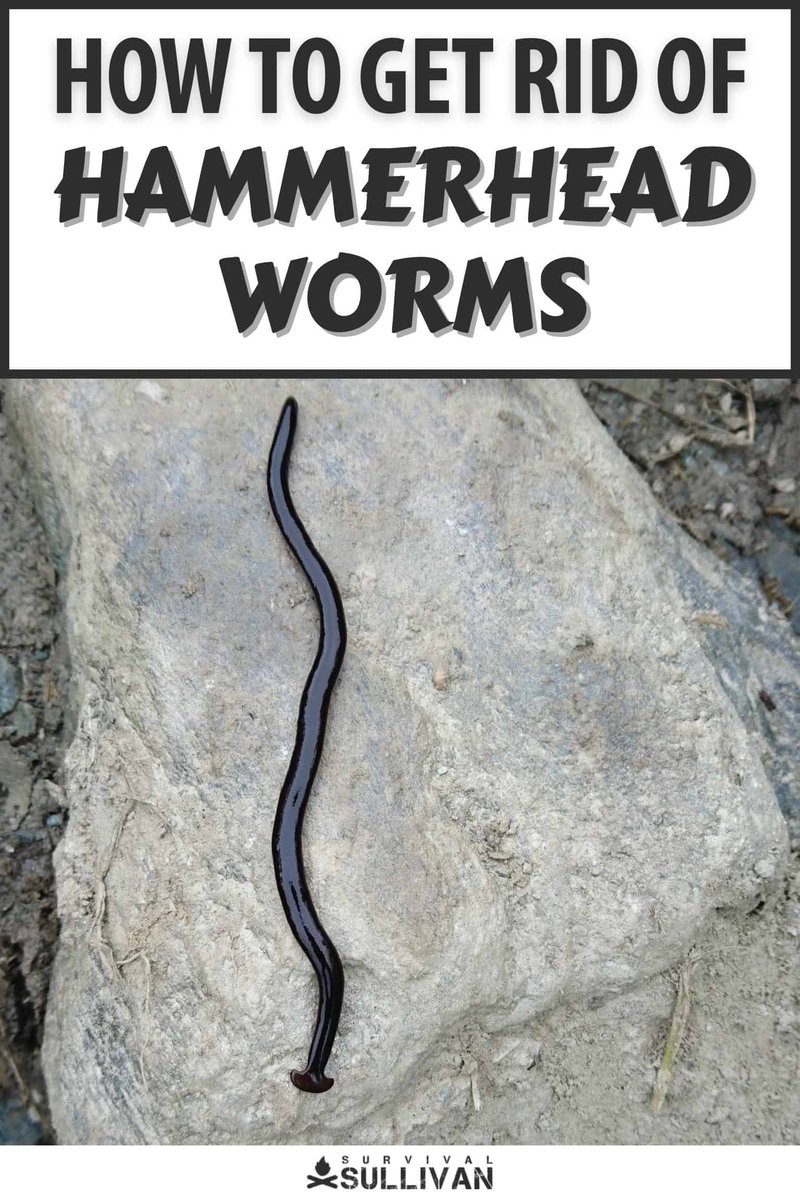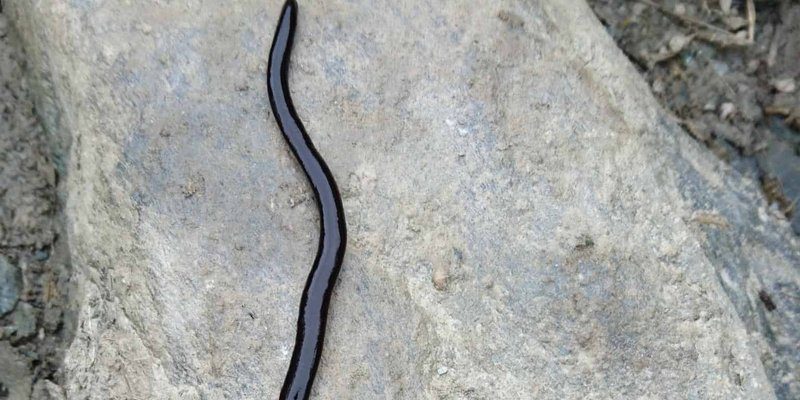
The good news is that preventing hammerhead worm spread doesn’t have to be a daunting task. With a combination of good practices, a bit of vigilance, and some simple preventive measures, you can help protect your plants from these invaders. This guide will walk you through effective strategies to keep your raised beds healthy, happy, and hammerhead-free.
What Are Hammerhead Worms?
Before we dive into prevention, let’s clarify what we’re dealing with. Hammerhead worms, scientifically known as *Bipalium kewense*, are a type of flatworm. They can reach lengths of up to 12 inches, and it’s that unusual hammer shape that makes them stand out. Unlike typical garden worms, which are helpful for your soil, these guys are predators. They feed on earthworms and can create a serious imbalance in your garden’s ecosystem.
So, why should you care? Well, a small invasion can quickly turn into a larger problem. If hammerhead worms are left unchecked, they could lead to a decrease in beneficial worms, adversely affecting soil health and plant growth. Recognizing them early and understanding their habits is crucial for any gardener looking to protect their raised beds.
Identifying Hammerhead Worms
Here’s the thing: if you want to prevent hammerhead worm spread, you first need to know what you’re looking for. These worms can be a little tricky to spot at first, but once you know their features, they become much easier to identify.
Typically, hammerhead worms are brown or gray with a smooth texture. Their most distinguishing feature, of course, is that flattened, hammer-like head. Often, you might find them out and about after rainfall, as they thrive in moist conditions. They’re sneaky, often hiding among debris or under mulch in your raised beds.
If you see a worm that fits this description, it’s time to take action. The sooner you can identify and address the issue, the less chance they have to spread.
Preventing Hammerhead Worms from Entering Your Raised Beds
Now that you know how to identify these pests, let’s talk prevention. Keeping hammerhead worms out of your raised beds can often be accomplished with simple, mindful practices.
- Inspect New Plants: Whenever you bring new plants into your garden, make sure to inspect the roots and soil. This is where hammerhead worms love to hide. Washing the roots of new plants before planting can help remove any unwanted guests.
- Avoid Overwatering: Maintaining optimal moisture levels is crucial. Hammerhead worms thrive in soggy soil. Ensure your raised beds have proper drainage to deter them.
- Maintain Cleanliness: Regularly clean up debris, leaves, and other organic matter around your raised beds. These are perfect hiding spots for pests.
- Use a Barrier: Consider using a fine mesh or filtering fabric as a barrier around your raised beds to keep these worms out.
- Rotate Crops: Changing the plants in your raised beds each season can disrupt the life cycle of these pests, making your garden less appealing to them.
Taking these steps will not only help to prevent hammerhead worm spread but will also contribute to the overall health of your garden.
Monitoring Your Garden for Hammerhead Worms
After implementing preventive measures, it’s essential to keep an eye on your garden. Monitoring is key. It’s like keeping a watchful eye on a pet—pay attention and you’ll notice any changes.
Check your raised beds regularly, especially after heavy rains. Look for signs of these worms or any unusual holes in the soil, which could indicate they’re digging around. A quick inspection every couple of weeks should suffice.
If you do spot a hammerhead worm, don’t panic. Simply remove it by hand (wearing gloves) or scoop it up with a trowel and dispose of it far away from your garden. Just remember, even a few of these pests can multiply quickly, so consistent monitoring is crucial.
Using Natural Predators as a Defense
You might be wondering if there are any natural predators to help control hammerhead worms. The answer is yes! Certain beetles and birds are known to feast on flatworms, helping to keep their numbers down.
Consider attracting birds to your garden by creating a welcoming environment. You can do this by providing bird feeders, baths, and shelter. Additionally, maintaining a healthy population of beneficial insects can help create a balanced ecosystem in your raised beds.
Another option is to introduce nematodes, tiny roundworms that are harmless to plants but can help control pest populations. Just make sure to do your research before introducing any new species to your garden.
Dealing with an Infestation
If you find yourself facing an infestation of hammerhead worms despite your best efforts, don’t despair. There are ways to deal with it effectively.
First, ensure you remove any visible worms as discussed earlier. Next, consider using a natural pesticide. Products containing neem oil or diatomaceous earth can be effective against hammerhead worms without harming your plants.
Apply these treatments according to the instructions, and remember to recheck your raised beds regularly after treatment. Consistency is critical here. It might take some time and continued efforts, but you can regain control.
Best Practices for Healthy Raised Beds
To keep your raised beds thriving and prevent any pest problems, adopt a number of good gardening practices. Here are a few key tips:
- Soil Management: Use high-quality soil and organic materials. Healthy soil promotes healthy plants and can deter pests.
- Companion Planting: Some plants naturally repel pests. Research what works well together in your garden to keep unwanted visitors at bay.
- Regular Maintenance: Keep up with weeding, pruning, and general upkeep to create a vibrant, flourishing garden.
- Educate Yourself: Stay informed about common pests in your area, and regularly read up on best gardening practices.
These tips will not only help you manage hammerhead worms but also make your entire gardening experience more enjoyable.
Staying Informed for Future Prevention
Finally, it’s essential to stay informed about garden pests, including hammerhead worms. Join local gardening clubs or online forums where you can share experiences and gather information from other gardeners.
Following gardening blogs or reading books on pest management can also equip you with the knowledge you need to protect your raised beds effectively. The more you know, the better prepared you’ll be to tackle any future challenges.
Prevention and detection are your best defenses against hammerhead worms. By following these steps, you’ll create a sanctuary for your plants while keeping those pesky invaders at bay.
In conclusion, keeping hammerhead worms out of your raised beds is all about vigilance, preparation, and proactive gardening practices. Remember, it’s not just about protecting your plants but also about maintaining a healthy garden ecosystem. With a little effort, you can enjoy your garden without the worry of these unwanted guests. Happy gardening!

